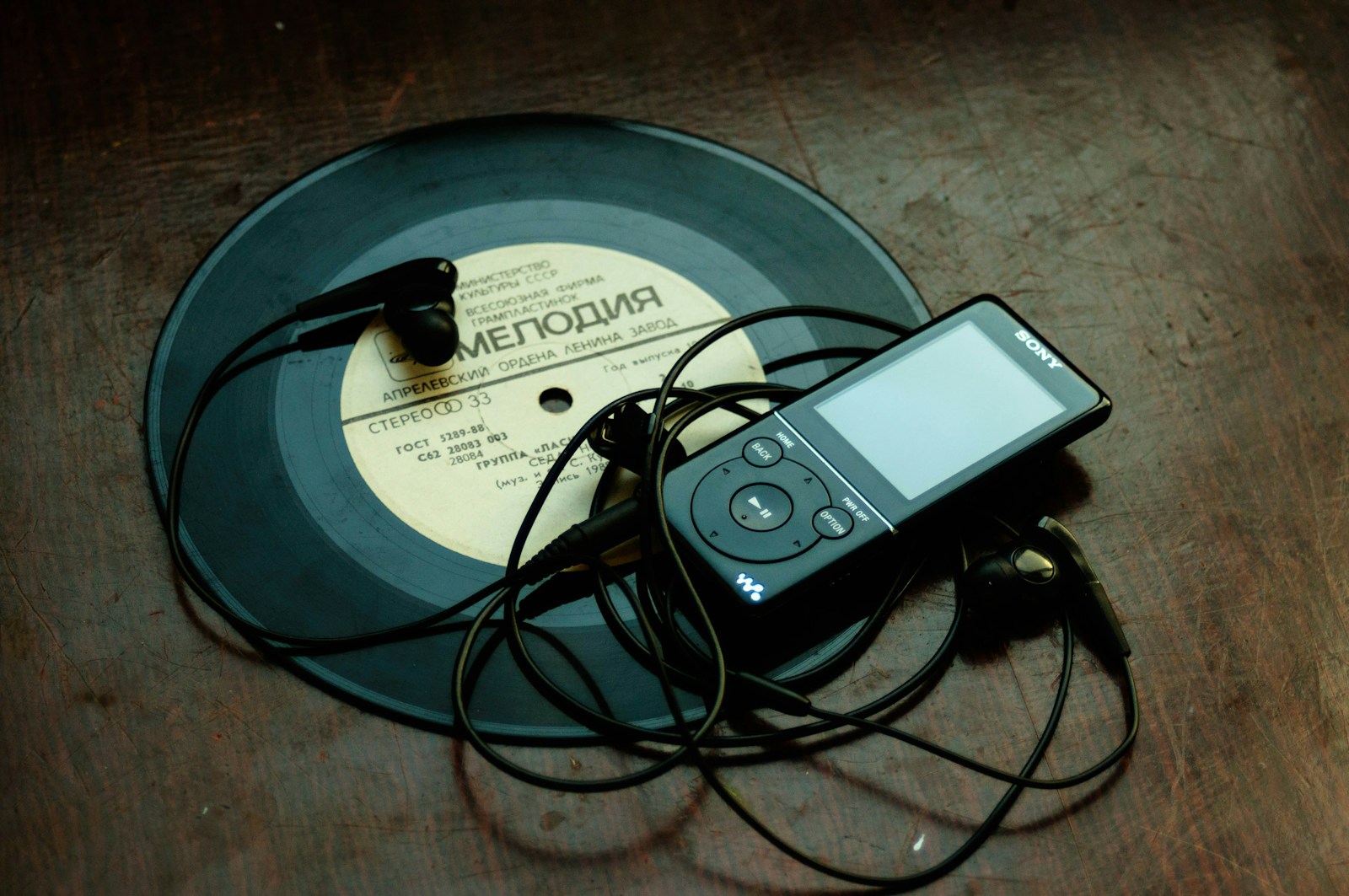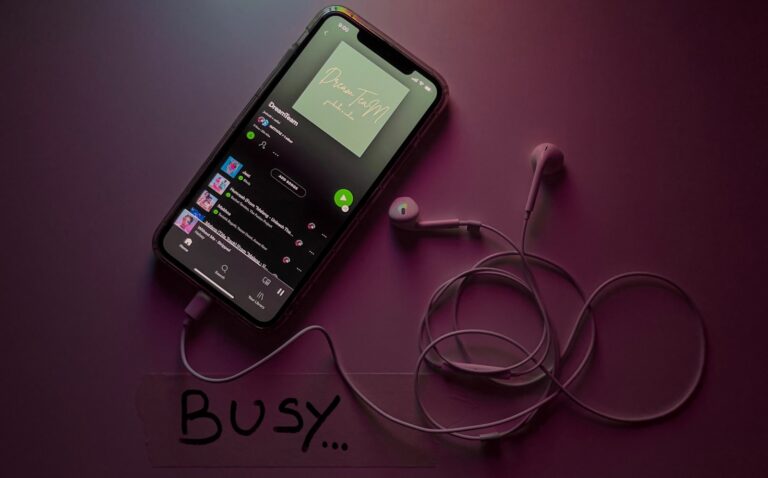
MP3 files revolutionized digital audio. These compact files compress sound data while maintaining good quality. MP3 technology reduces audio file sizes by 10 to 14 times without significant loss in sound fidelity.
The MP3 format gained popularity in the late 1990s. It allowed people to store and share music easily over the internet. This technology changed how we consume and distribute music.
MP3 files work by removing sound data that human ears can’t perceive well. This process keeps the essential audio information while reducing file size. The result is smaller files that still sound good to most listeners.
Key Takeaways
- MP3 files compress audio data to reduce file size while preserving sound quality
- The format became popular for music sharing and distribution on the internet
- MP3 technology removes less noticeable sound data to achieve smaller file sizes
History and Development of MP3
The MP3 format revolutionized digital audio compression, enabling efficient storage and transmission of music files. Its development spanned several years and involved key technological breakthroughs.
From WAV to MP3
In the late 1980s, researchers sought ways to compress audio files without significant quality loss. The Fraunhofer Institute in Germany played a crucial role in this effort. They worked on compressing WAV files, which were uncompressed audio formats used on CDs.
The team, led by Karlheinz Brandenburg, developed psychoacoustic models to remove audio data inaudible to human ears. This breakthrough allowed for substantial file size reduction while maintaining sound quality.
In April 1989, Fraunhofer received a German patent for their audio compression technology. This laid the foundation for what would later become the MP3 format.
MPEG Standards
The Moving Picture Experts Group (MPEG) incorporated Fraunhofer’s audio coding algorithm into the MPEG-1 standard in 1992. MPEG-1 was officially published in 1993, introducing audio compression techniques for digital storage and transmission.
MPEG-2 followed in 1994, offering improved audio quality at lower bitrates. The MPEG-2 Audio Layer III, or MP3, emerged as a highly efficient audio compression format.
On November 26, 1996, the United States Patent Office granted a patent for MP3 technology. This milestone solidified MP3’s position as a standard for digital audio compression.
MP3’s ability to significantly reduce file sizes while maintaining acceptable audio quality led to its widespread adoption. It became the format of choice for music sharing and portable music players in the late 1990s and early 2000s.
Technical Aspects of MP3 Files
MP3 files use sophisticated compression techniques to reduce audio file sizes while maintaining sound quality. This technology revolutionized digital music storage and distribution.
Compression and Encoding
MP3 files employ lossy compression to shrink audio data. The compression algorithm analyzes the audio and removes frequencies beyond human hearing range. This process, called perceptual coding, significantly reduces file size.
The LAME encoder is a popular tool for creating MP3 files. It applies psychoacoustic models to determine which audio data to keep and which to discard. The encoder removes redundant and irrelevant information from the original audio signal.
Typical compression ratios range from 10:1 to 12:1, allowing a 60 MB uncompressed audio file to be reduced to about 5 MB as an MP3.
Bit Rate and Sound Quality
Bit rate, measured in kilobits per second (kbps), directly affects MP3 sound quality and file size. Higher bit rates preserve more audio information, resulting in better sound quality but larger file sizes.
Common MP3 bit rates include:
- 128 kbps: Standard quality, suitable for most music
- 192 kbps: Higher quality, noticeable improvement
- 320 kbps: Highest MP3 quality, larger file size
Lower bit rates like 64 kbps or 96 kbps are sometimes used for voice recordings or when small file size is crucial.
Variable Bit Rate (VBR)
Variable Bit Rate (VBR) encoding dynamically adjusts the bit rate based on audio complexity. It allocates more bits to complex passages and fewer bits to simpler ones.
VBR offers several advantages:
- Improved sound quality at smaller file sizes
- Better handling of diverse audio content
- Efficient use of storage space
VBR files may have an average bit rate, like 192 kbps VBR, but the actual bit rate fluctuates throughout the file. This approach optimizes the balance between sound quality and file size.
Software and Hardware for MP3
MP3 technology relies on various software applications and hardware devices for playback and management. These tools enable users to enjoy MP3 audio files across different platforms and devices.
Media Player Compatibility
MP3 files work with many popular media player software options. iTunes offers a comprehensive music library management system alongside MP3 playback. Winamp, a long-standing favorite, provides a customizable interface and extensive plugin support for MP3 enthusiasts. Windows Media Player, built into Windows operating systems, offers seamless MP3 playback integration.
These players support MP3 metadata, allowing users to organize their music by artist, album, and genre. Many also include equalizer settings to adjust audio output. Some media players feature playlist creation, helping users curate their MP3 collections.
Third-party software like VLC Media Player and foobar2000 offer additional MP3 support with advanced features for audiophiles.
MP3 Players and Devices
Dedicated MP3 players revolutionized portable music. The iPod, introduced by Apple in 2001, became an iconic device for MP3 playback. Its click wheel interface and large storage capacity made it a market leader.
Other manufacturers produced various MP3 player models. These ranged from small, clip-on devices for active users to larger players with touchscreens and expanded features.
Many modern smartphones now serve as MP3 players. They offer storage for MP3 files and integrate with music streaming services. This convergence has reduced the demand for standalone MP3 players.
Car audio systems often include MP3 compatibility. Users can play MP3 files from USB drives or connect their devices directly.
MP3 in the Digital Age
MP3 technology revolutionized music distribution and consumption. The format’s widespread adoption led to significant changes in how people access and enjoy music.
Online Distribution of MP3 Files
MP3 files became the cornerstone of digital music distribution. Online platforms like YouTube and music streaming services use MP3 or similar compressed audio formats. These services allow users to play MP3 files instantly without downloading.
File-sharing networks emerged, enabling rapid spread of MP3s. This raised concerns about copyright infringement. Record labels initially resisted digital distribution but later adapted their business models.
Many online stores now sell MP3 downloads as a legal alternative to physical media. These stores offer CD-quality sound in compressed file sizes.
Copyright and Legal Issues
MP3 technology sparked debates about intellectual property rights in the digital age. Unauthorized sharing of copyrighted MP3 files became widespread, leading to legal challenges.
Music industry organizations pursued legal action against file-sharing services and individual users. This resulted in high-profile lawsuits and the shutdown of some platforms.
Copyright laws evolved to address digital music distribution. New licensing models emerged for streaming services and digital downloads. Some artists embraced free MP3 distribution as a promotional tool.
Digital Rights Management (DRM) technologies were developed to control MP3 file usage. However, many consumers disliked these restrictions, leading some retailers to offer DRM-free MP3s.
Frequently Asked Questions
MP3 files have revolutionized digital audio. They offer a compact way to store and share music. Let’s address some common questions about this popular format.
How do I play MP3 files?
MP3 files can be played on various devices. Computers, smartphones, and dedicated MP3 players all support this format. Most modern operating systems have built-in media players that can handle MP3s.
What distinguishes MP3 from MP4 format?
MP3 is an audio-only format. MP4, on the other hand, is a multimedia container. It can hold audio, video, and other data types. MP4 files often use more advanced compression techniques.
How does an MP3 player function?
An MP3 player reads digital audio files. It converts these files into analog signals. These signals are then sent to headphones or speakers. MP3 players can be standalone devices or integrated into other gadgets.
What are the common uses for MP3 files?
MP3 files are widely used for music storage and sharing. They’re popular for podcasts and audiobooks. Many online platforms use MP3s for audio streaming. The format’s small size makes it ideal for portable devices.
What is the process involved in MP3 compression?
MP3 compression removes sounds humans can’t hear. It also simplifies complex sound waves. This process is called “lossy” compression. It reduces file size while maintaining acceptable audio quality.
How can I download MP3 files legally?
Many online stores sell MP3 files. Popular platforms include iTunes, Amazon Music, and Google Play. Some artists offer free MP3 downloads on their websites. Subscription services like Spotify allow MP3 downloads for offline listening.






